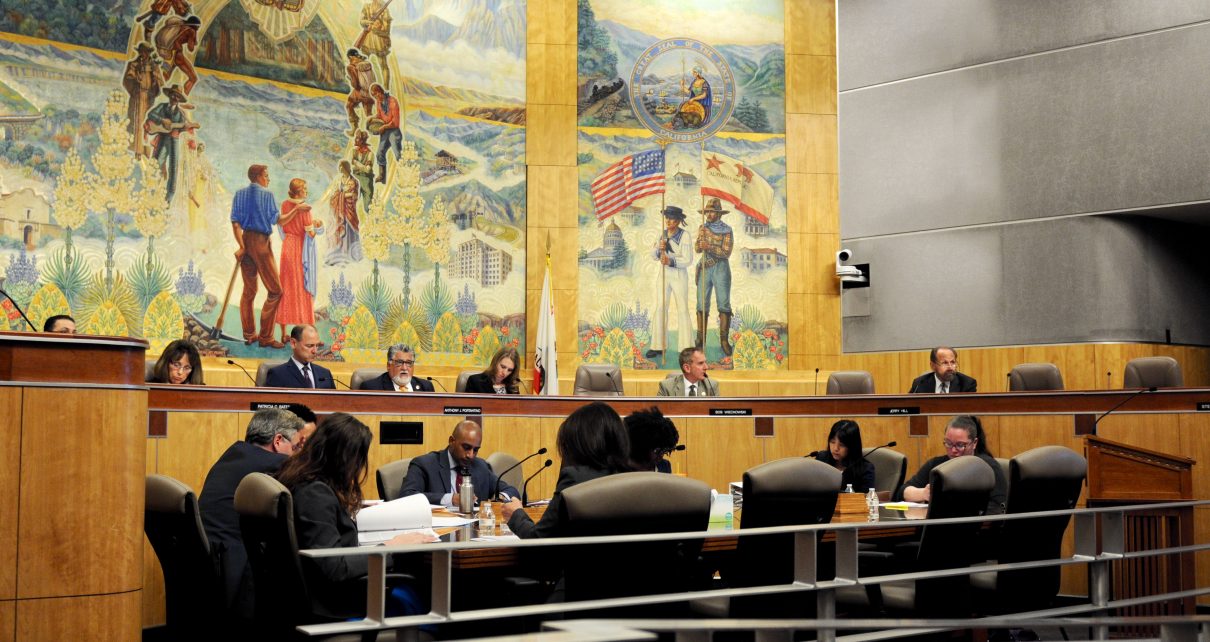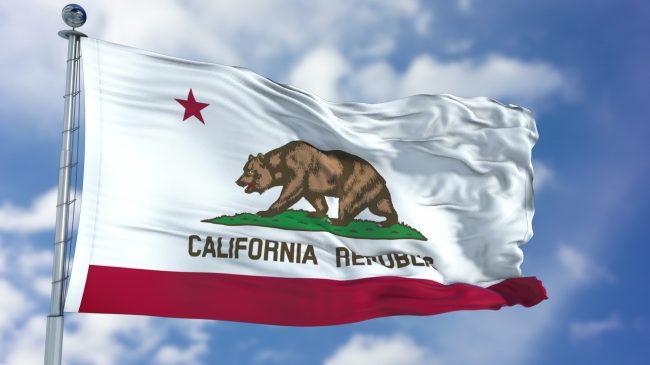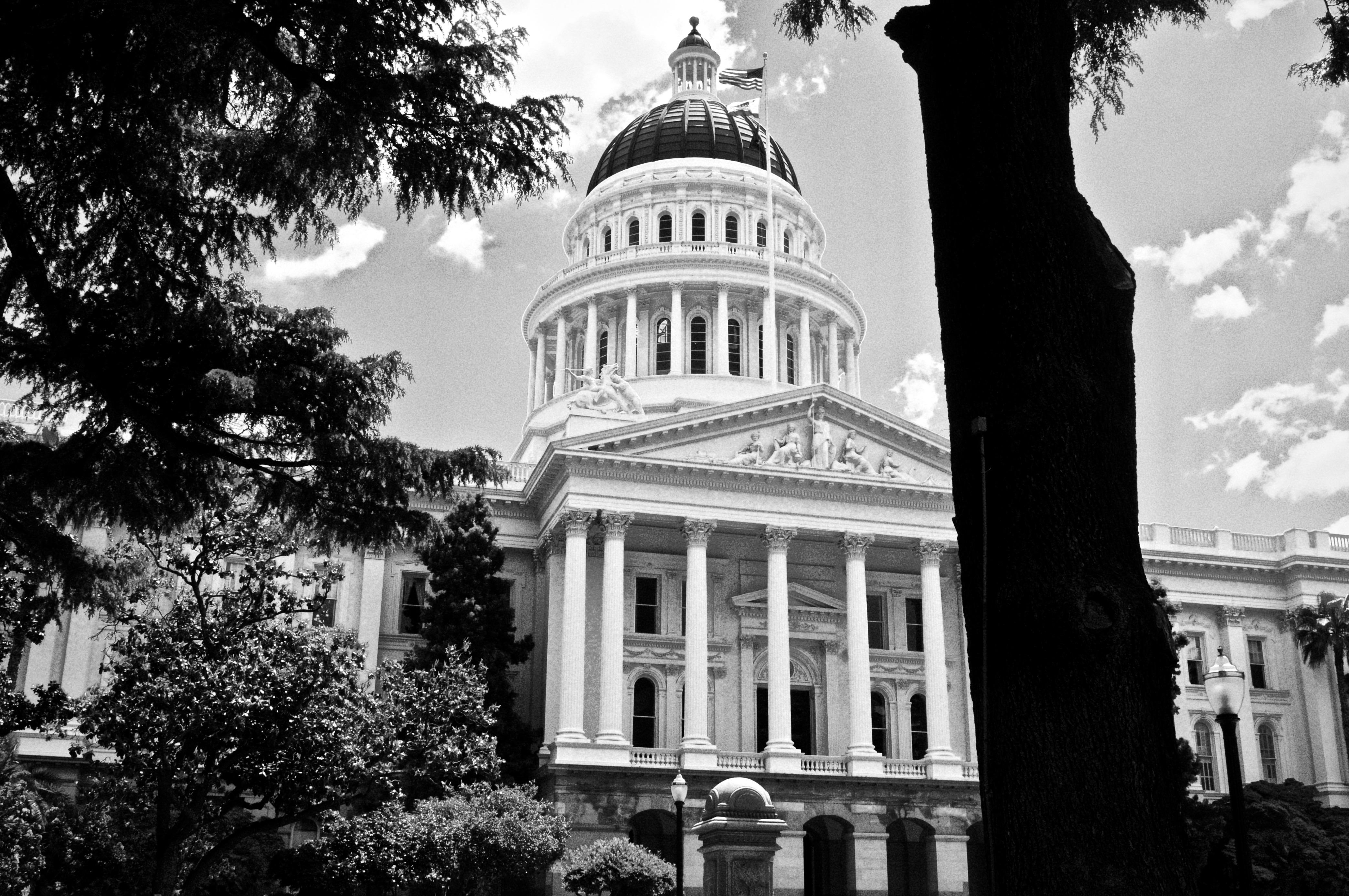
A California Legislative Committee. (Photo: Kevin Sanders for California Globe)
What is Grassroots Lobbying?
More than 35 states regulate grassroots lobbying
By Chris Micheli, May 31, 2019 7:59 am
Grassroots lobbying is an important component of successful lobbying because it is complimentary to direct lobbying of elected officials and their staff to influence their decisions. Grassroots lobbying is sometime referred to as “indirect lobbying,” as opposed to “direct lobbying” that is conducted by lobbyists and industry specific groups and individuals in the State Capitol.
Grassroots lobbying involves members of the general public, as opposed to those who are directly impacted by a particular bill or issue. In essence, those involved in grassroots lobbying are those you attempt to get the general public to contact their elected officials so that members of the public are lobbying decision-makers.
Those involved in grassroots lobbying intend to influence decision-makers by cajoling the general public to get involved in the legislative or regulatory processes. This type of lobbying requires educating large groups of individuals and then mobilizing them in a “call to action.” It usually involves efforts to get specific organizations or community groups to become involved in the efforts to pass or defeat legislation or regulations.
Educating the general public can take multiple forms, such as direct mailing, social media, paid or free media, press conferences and releases, etc. Outreach efforts are key to successful grassroots lobbying and the media often play a critical role in that outreach effort. But it first begins with educational efforts so that the general public understands the issue or bill.
Mobilizing the general public is the effort to get the members of the public to act in the desired manner. Whether this results in making phone calls or writing letters to elected officials, boycotting a business, or demonstrating at the State Capitol, there are multiple forms that grassroots lobbying can take. It depends largely on the audience and what is intended to be accomplished that usually determines the outreach efforts.
In addition to the news media, the use of social media has become more prevalent in grassroots lobbying. The potential reach of the Internet and web sites is much larger than traditional forms of media. This is an easy communication tool that enables organizing and interacting with those on social media. And the ability to grow your potential group of supporters is greatly assisted by those who have a social media presence. It can also be a much less costly form of organizing.
In addition to the general public, many large businesses undertake their own forms of grassroots lobbying. Some refer to this as an “action plan” in which employees of the large business are asked to participate in the lobbying efforts by contacting their local elected officials by telephone or letter usually, although sometimes this occurs with personal visits. As such, these businesses can form a strong perception that there is local support for the company’s position among elected officials.
Grassroots lobbying is rooted in utilizing the public to conduct messaging for or against an issue or particular bill. Examples could include publishing letters to the editor, creating a petition, organizing a rally, making phone calls, and sending emails. All of these grassroots activities are made easier with the advent of social media, including means to communicate such as email, Twitter and Facebook.
There are benefits to grassroots advocacy including the education of citizens and involvement in the democratic process. Helping citizens to understand pending legislation or regulations, as well as the respective processes, is invaluable for a thriving citizenry who can also serve as a check and balance on elected and appointed officials.
The value of grassroots lobbying is having citizen participation in government. And decision-makers want to hear from citizens – their constituents and their voters. Having the general public contact legislators and other officials creates a different dynamic than what occurs with direct lobbying. Fundamentally, education and mobilization are required for successful grassroots lobbying.
Another component part could include media lobbying in which the media is utilized in order to extend the reach of the effort. Of course, social media has become the most valuable tool in grassroots lobbying as it potentially reaches across the world. Social media has the potential to allow the greatest amount of public outreach in the least expensive manner.
Federal law does not require disclosure of grassroots lobbying activity, but more than 35 states regulate grassroots lobbying based upon their definition of lobbying. For example, about two dozen state include both direct and indirect communications with public officials as lobbying, and another dozen states define lobbying broadly to include any attempt to influence a public official.
- Exemptions from Tax Withholding in California - July 23, 2024
- General Provisions of California’s Evidence Code - July 22, 2024
- Judicial Notice Under the California Evidence Code - July 21, 2024





We need to increase the influence of “grassroots lobbying ” via sites like this to marshal resources to recall many of the California progressive lawmakers who are ruining our economic opportunities in favor of quid pro quo programs to benefit public sector unions and their contributions, and illegal immigrants who move here for overly generous social benefit programs.
I liked that you explained that grassroots lobbying is effective because it involves the general public who will be voting. I would imagine that when you are lobbying, you are looking for supporters. I would consider grassroots lobbying so that I could get supporters from the people whose vote will influence the decision.